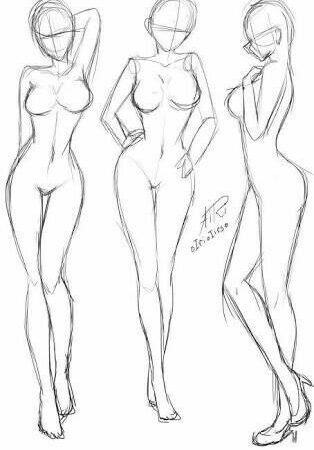How to create character designs that sell

Good character design is not just about aesthetics, but also about how the character can attract attention and have a high selling point. A character that sells has visual appeal, uniqueness, as well as an emotional connection with the audience. Here are some important steps in creating an effective and selling character design.
- Define Character Concept and Identity
Before starting to draw, it is important to understand who the character is. Some questions that can help are:
- Who is the target audience? (Kids, teens, adults, gamers, etc.)
- What is this character’s personality? (Cheerful, mysterious, brave, etc.)
- What is the character’s role in the story or product?
- Characters that have a clear background will be easier to develop and recognize.
- Create a Unique Silhouette
Silhouette is an important element in character design as it helps the character be more recognizable even in shadow form. Characters with distinctive shapes tend to be more memorable and eye-catching. Tips for creating a strong silhouette:
- Use unique body proportions.
- Avoid overly complex designs that are hard to remember.
- Make sure the character is clearly visible even in black and white.

- Attractive Color Selection
Colors play a huge role in establishing a character’s personality. Colors can evoke certain emotions and associations:
- Red: Energy, courage, anger.
- Blue: Calmness, intelligence, trust.
- Green: Nature, freshness, balance.
- Yellow: Cheerfulness, optimism, joy.
- Use color combinations that are harmonious and match the character you want to create.
- Create Lively Expressions and Gestures
Facial expressions and body language are key in making characters feel alive and relatable. Expressive characters are more likely to attract attention and build an emotional connection with the audience.
- How to create interesting expressions:
- Use a variety of facial expressions to show emotion.
- Make sure the eyes and mouth clearly reflect the character’s emotions.
- Pay attention to body gestures to match the character’s personality.

- Add Distinguishing Details
Small details can be a deciding factor in a character’s appeal. Some elements that can be added:
- Distinctive accessories (hat, glasses, scarf, etc.)
- Unique markings (scars, tattoos, special symbols, etc.)
- Dress style that reflects the character’s personality
- Adapting to Commercial Purposes
If the character is created for marketing purposes, games, or other products, then the design needs to fit the needs of the market. Some factors to consider:
- Is the character easily adaptable to various media (merchandise, animation, etc.)?
- Is the design simple yet appealing?
- Does the character have global appeal or is it culture-specific?

Conclusion
Creating a character design that sells is not just about drawing well, but also about understanding the audience, using effective design elements, and ensuring the character has strong appeal. By following the steps above, you can create characters that are not only visually appealing but also have high commercial potential.
Hopefully, this article helps in creating successful characters that people are interested in!

